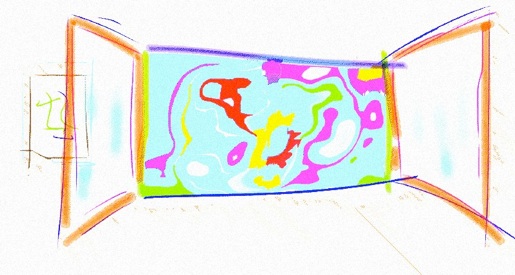Controllori controllati: le finestre della Stasi
DOI:
https://doi.org/10.13130/2035-7680/4633Parole chiave:
Stasi, DDR, letteratura tedesca contemporanea, Panopticon, finestre Area geografica, GermaniaAbstract
This short essay aims to investigate the role played by the object ‘window’ in different post-1989 German representations of the so-called Stasi, that is to say, the secret policy of the German Democratic Republic. In particular, we will linger our attention on a precise situation, that of the controlled-controller, which often recurs in such representations. By analysing three different artistic products (one film: The life of the others by Florian Henckel von Donnersmarck, and two novels: Ich by Wolfgang Hilbig and Helden wie wir by Thomas Brussig) we will attempt to show how windows largely contributed not only to the functioning of the Stasi itself, but also to creating a country full of spies spying on one another without even knowing of being controlled by others.
In the end we will demonstrate how the use of windows in this particular kind of representation also alludes to the concept of the Panopticon (Jeremy Bentham) and its theoretical application carried out by the French philosopher Michael Foucault.




